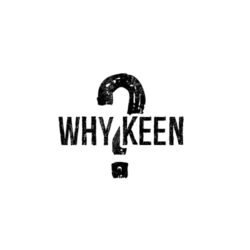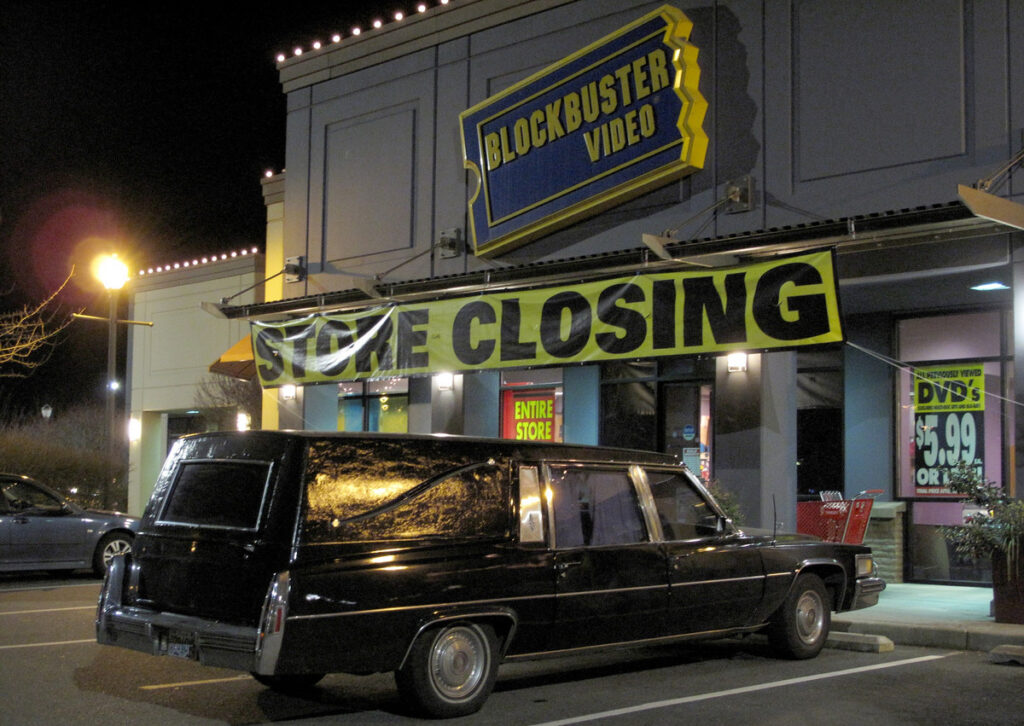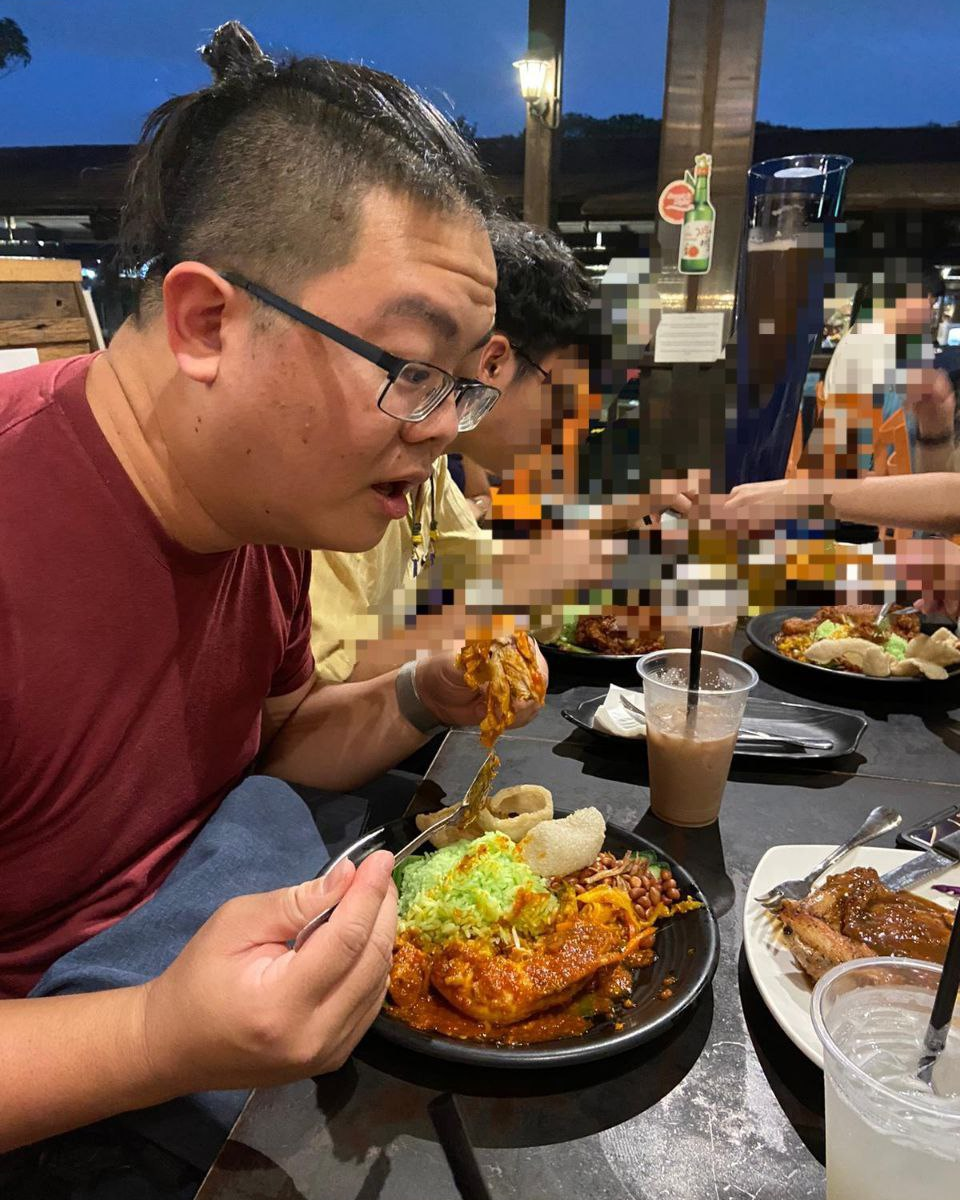
What you see here is a plate of my favourite food in the whole wide world, wanton noodles from Ho Seng Kee, a one-of-a-kind, hand-made duck egg noodle dish from Johor Bahru that has had their recipe passed down three generations. This bowl of noodles bring me back to my childhood, instantly. This bowl of noodles can’t be too healthy, what with the oil, and the meat, and the lack of vegetables.

It is not being able to eat food like this that made my life a living hell when I tried to stick to low-carbs diet, and high-fat, high protein diets. I’ve tried them all. At one point in time, I replaced carbs with beans. Beans are rich in fiber and protein and produce a lower insulin response than noodles or rice, so with my fatty liver result from my blood test, I thought that this was something I had to do.

I would rather be fat … than have to put myself through THIS
In a previous post, I shared why I started fasting. To recap, fasting is not a diet; while diets control what you eat, fasting controls when you eat. I will continue to use the word “fasting,” which includes intermittent fasting, to describe an eating pattern that involves alternating periods of eating and fasting. The length of your fast definitely affects the results, but more on that later.
Thor, or rather, the actor Chris Hemsworth’s documentary “Limitless,” taught me that fasting has several benefits. In essence, it boils down to two magic words, Ketosis, and Autophagy.
1. ketosis (i.e. use fat for fuel rather than glucose)
Ketosis is a metabolic state in which your body uses fat as its main fuel source instead of glucose¹. If this doesn’t sound new, it might be because you might have heard of people following high-fat ketogenic diets (“Keto diet”), they are essentially trying to do the same thing.
The difference is that Keto diet requires you to follow a diet which are very specific, including Fatty fish like salmon, full-fat cheese, low-carb vegetables like spinach and cauliflower, and NO food with carbohydrates like noodles and rice! (Bye bye Ho Seng Kee noodles! Bye bye sweet childhood!)
Fasting, however, triggers ketosis regardless of WHAT you eat, just because you choose WHEN to eat.
So how does ketosis work?
When we eat, our stomach produces glucose, and our liver stores excess glucose (by default, 20% is stored, regardless of how much we eat!) as glycogen. When glucose levels drop with fasting, the liver converts glycogen into glucose and releases it. After the stored glucose is depleted, the liver breaks down fat to make a substance known as ketones to provide energy. This process is known as ketosis.
Ketosis may have benefits for weight loss, blood sugar management, and epilepsy. However, ketosis can also have negative side effects, especially at the start, and may not be suitable for everyone. Another caveat, is that the long-term effects of ketosis are unclear¹.
However, one side effect is increased autophagy.

Niji-Midjourney’s interpretation of the word “autophagy”
2. autophagy (i.e. getting rid of old cells and dysfunctional cell parts)
Autophagy comes from ancient greek words, meaning “self-devouring”.
This is a natural process where your body cleans out damaged cells and generates new ones. Our body is doing this all the time, but research suggests that fasting for 12-24 hours could make it occur more.
So if you recall, the liver usually releases glucose when you are not fasting? When fasting, the liver would have to break down fat for energy?
What happens for the rest of the body? Imagine your blood stream happily filled with glucose all the time, your cells in your entire body do not need to work very hard to be “happy”. When we apply stress to the entire system by not providing food, your body is triggered into a “survival mode” and would draw down its resources. So ketosis occurs, your body starts using fats as the main fuel source, and then eventually autophagy, useless parts are recycled for rebuilding.
Hence autophagy can help reduce inflammation (i.e. natural immune response to diseases), and clears out protein aggregates, which may be associated with several neurodegenerative diseases.
What this might mean is that autophagy might lower the rates of cancer, heart disease, and brain diseases like Alzheimer’s!
Some caveats are that only a handful of studies measuring fasting and autophagy exist in humans, probably because it is not easy to measure the effects of autophagy. (You probably need to extract cells to observe and compare with a control group. Sounds like a painful experiment when done on humans!)
So there you have it. The reason for this post was my being triggered when questioned if the science was sound behind fasting on social media. In truth, the effects of fasting sound like magic even now. I am still screaming “Why did NO ONE TELL ME!!??” in my head every time.
However, I am fully convinced, not only because Chris Hemsworth says so, or National Geographic says so, or even because a lot of doctors on YouTube say so, but because I went and did my due diligence by tracing their sources down first before being fully convinced. The sources are found at the end of the article! Moreover, I tested this on myself! 16kg lighter, and still perfectly happy, is that not enough evidence?
Even so, I still need to state that I am not a doctor, and you should only follow what I did if you have checked with your doctor that fasting is safe for you first!
Sources :
Ketosis: Definition, Benefits, Downsides, and More – Healthline. https://www.healthline.com/nutrition/what-is-ketosis Accessed 28/04/2023.
Is Ketosis Safe and Does It Have Side Effects? – Healthline. https://www.healthline.com/nutrition/ketosis-safety-and-side-effects Accessed 28/04/2023.
Is It Good for Your Body to Be in Ketosis? – MedicineNet. https://www.medicinenet.com/is_it_good_for_your_body_to_be_in_ketosis/article.htm Accessed 28/04/2023.
A Keto Diet for Beginners: The #1 Ketogenic Guide – Diet Doctor. https://www.dietdoctor.com/low-carb/keto Accessed 28/04/2023.
Ketosis: Definition, Benefits & Side Effects – Cleveland Clinic. https://my.clevelandclinic.orghealth/articles/24003-ketosis Accessed 28/04/2023.
Neuronal Autophagy: Characteristic Features and Roles in … – PubMed. https://pubmed.ncbi.nlm.nih.gov/33875624/ Accessed 28/04/2023.
Autophagy in Neurons – PubMed. https://pubmed.ncbi.nlm.nih.gov/31340124/ Accessed 28/04/2023.
Autophagy in Neuronal Development and Plasticity – ScienceDirect. https://www.sciencedirect.com/science/article/pii/S0166223620301673 Accessed 28/04/2023.
The contribution of altered neuronal autophagy to neurodegeneration …. https://www.sciencedirect.com/science/article/pii/S0163725822000729 Accessed 28/04/2023.
How Long Do You Have To Fast Before You Reach Autophagy.
Autophagy: What You Should Know Before Starting Your Fast – InsideTracker. https://blog.insidetracker.com/autophagy-know-before-starting-fast Accessed 28/04/2023.
The effect of fasting or calorie restriction on autophagy … – PubMed. https://pubmed.ncbi.nlm.nih.gov/30172870/ Accessed 28/04/2023.
Research on intermittent fasting shows health benefits. https://www.nia.nih.gov/news/research-intermittent-fasting-shows-health-benefits Accessed 28/04/2023.
















